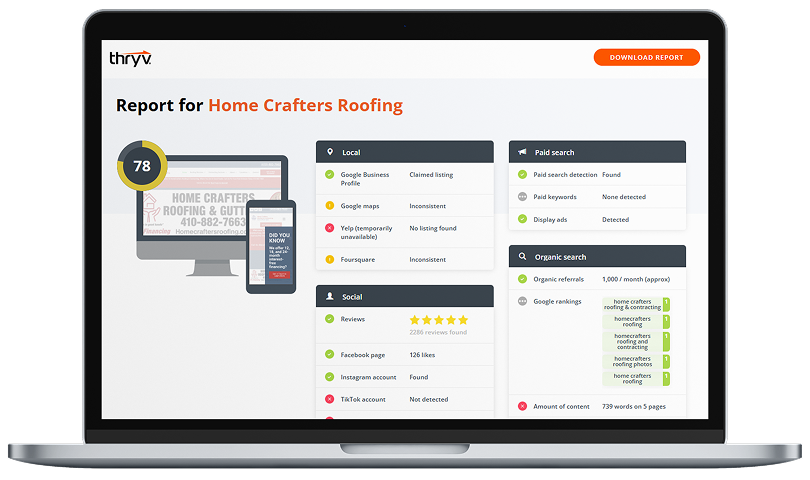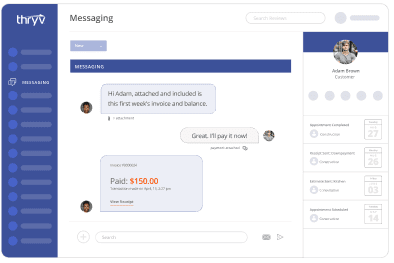As the year wraps up, smart budgeting becomes the backbone of a strong Q4 finish. Every dollar you spend now must deliver its full value – driving revenue, efficiency, and momentum into the new year. Whether you’re investing in marketing campaigns, staffing adjustments, or operational upgrades, the key is knowing where to allocate funds to achieve the maximum return on investment (ROI). A clear, data-driven budgeting plan helps you stay agile, minimize waste, and end the year on a high note.
Top Budget Planning Tips
1. Allocate resources effectively.
2. Use ROI tracking tools.
3. Identify underperforming areas and reallocate funds.
4. Use analytics to forecast returns before spending.
5. Complete Q4 financial planning.
1. Allocate resources effectively.
Start by reviewing your year-to-date spending and outcomes. Ask yourself:
- Which marketing channels brought the most leads or conversions?
- Where did operations experience bottlenecks or overtime costs?
- Did staffing levels meet seasonal demand?
Once you’ve identified these patterns, create three budget categories – marketing, staffing, and operations – and assign percentages based on ROI potential. For instance, if digital ads outperformed print, shift a larger share there. If customer demand spikes in the holidays, reallocate toward temporary help or fulfillment tools.
How to do it:
- List your top 5 expenses and rank them by ROI or time saved.
- Cut or scale back the bottom 20% that show low return.
- Reinvest those funds into higher-performing areas.
Market and Grow Your Business More Effectively With Marketing Center
Marketing Center helps you attract new customers to your business and shows you which marketing strategies work best for your customers so you don’t waste time and money on the wrong tactics.

Pro Tip: With Thryv Marketing Center insights, you can track the ROI of every campaign across Google, Facebook, Instagram, and other channels, helping you reallocate Q4 funds to the platforms that drive the most results.
2. Use ROI tracking tools.
Tracking ROI shouldn’t feel like guesswork. Set up simple performance metrics tied to your business goals, like cost per lead, conversion rate, or return on ad spend (ROAS).
How to do it:
- Establish a baseline by reviewing last quarter’s data.
- Track each marketing channel separately (e.g., email, social, paid ads).
- Check metrics weekly to catch trends early.
- Adjust budgets based on what’s delivering conversions, not just clicks.
Pro Tip: Don’t overlook indirect ROI, such as customer retention or repeat business from seasonal promotions. Tools like Thryv’s dashboard make it easy to connect those dots in real time, without switching between multiple platforms.
3. Identify underperforming areas and reallocate funds.
Every budget has hidden waste. The key is spotting it early. Look for underperforming ads, subscriptions, or services that no longer add measurable value.
How to do it:
- Compare actual results vs. projections for each budget line.
- Flag anything that consistently misses targets by more than 10-15%.
- Reassign those funds to higher-performing initiatives, like expanding an ad that’s converting well or boosting a campaign that drives repeat customers.
- If you’re unsure, run small A/B tests before committing new funds.
Pro Tip: With Thryv’s campaign performance tracked automatically across channels, you can pinpoint weak spots instantly, saving time and preventing money from being tied up in low-return areas.
4. Use analytics to forecast returns before spending.
Predicting ROI before you spend helps reduce financial risk and build confidence in your Q4 strategy. Historical data can help forecast what will perform best this season.
How to do it:
- Review last year’s Q4 metrics to spot patterns (e.g., ad engagement, average order size, busiest weeks).
- Plug those numbers into a basic forecast or use your analytics tool to project outcomes.
- Prioritize spend on efforts with the highest probability of payoff, and set a “test budget” (10-15%) for experimenting with new ideas.
Example: If last year’s holiday ads had the highest engagement on Instagram, increase that ad spend early this year and monitor ROI weekly to confirm it’s tracking upward.
Pro Tip: With real-time data analytics, Thryv helps you forecast outcomes and simulate potential ROI, so you can make data-backed spending decisions before the money leaves your account.
5. Complete Q4 financial planning.
End-of-year planning isn’t just about wrapping up; it’s about looking ahead. Build a Q4 plan that aligns your remaining funds with strategic goals.
How to do it:
- Outline all major remaining expenses – marketing, staffing, inventory, and taxes.
- Allocate funds by priority and ROI potential.
- Set deadlines for reviewing and adjusting the plan every two weeks.
- Create a small contingency fund (5-10%) to cover last-minute needs or opportunities.
- Use financial dashboards to visualize your spending vs. return through the quarter.
Pro Tip: Thryv’s reporting and financial tools help small businesses track spending patterns, manage campaigns, and forecast profitability, ensuring your Q4 plan stays flexible and profitable.
Finish the Year with Financial Focus
Q4 isn’t just the final stretch; it’s the foundation for next year’s success. The way you allocate your resources now determines whether you’re simply closing the year or building momentum that carries into Q1 and beyond.
Smart budgeting isn’t about penny-pinching; it’s about ensuring every dollar has purpose and every investment has a measurable impact. As you wrap up your financial year, remember: finishing strong isn’t just about hitting revenue goals. It’s about setting your business up for smoother operations, healthier cash flow, and strategic growth in the year ahead. The smartest Q4 plans don’t stop at December; they’re designed to launch January with momentum.

The Guide to Running an Efficient Small Business
Boost productivity and cut time-wasting tasks with expert tips in this free guide.


